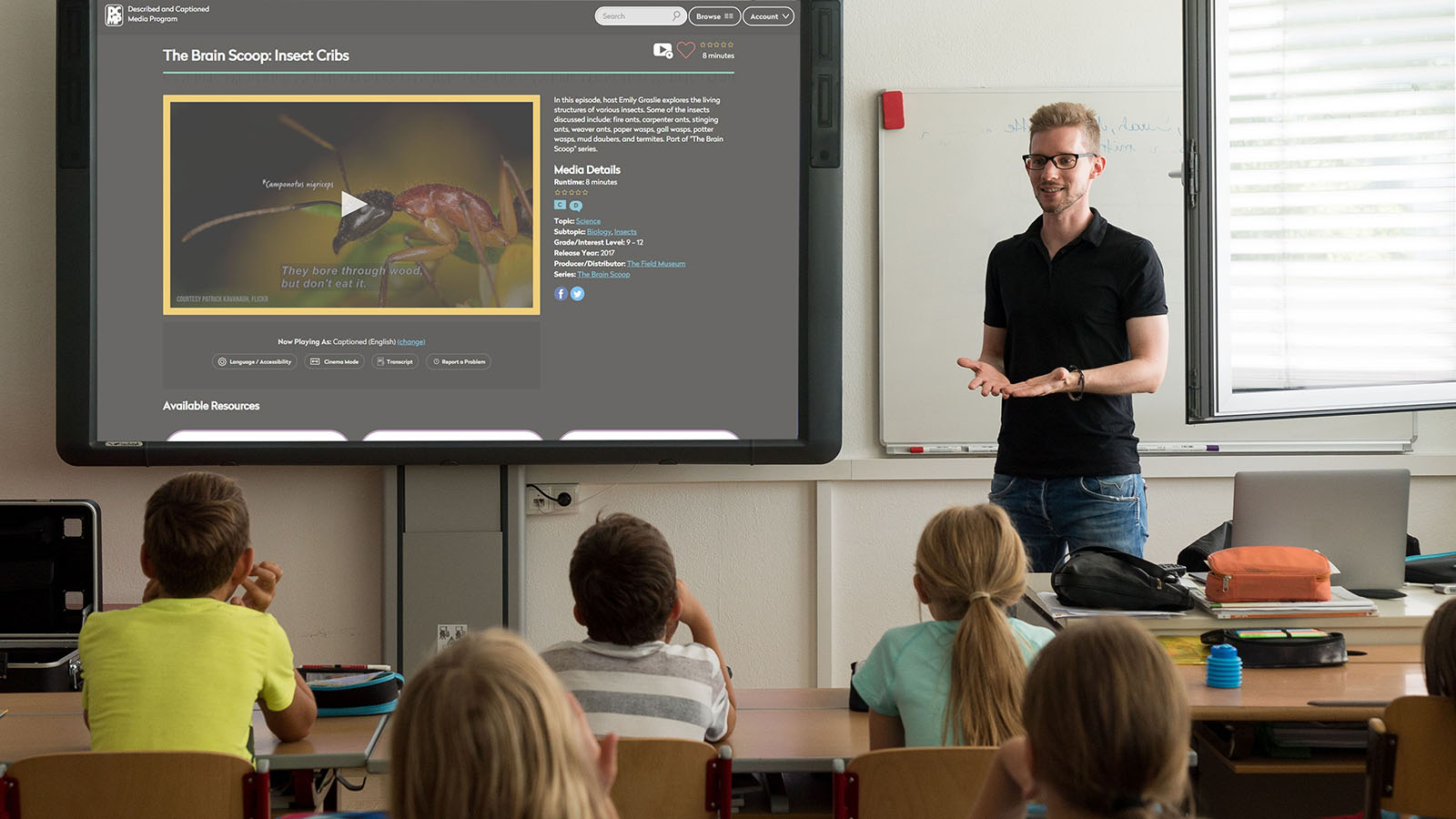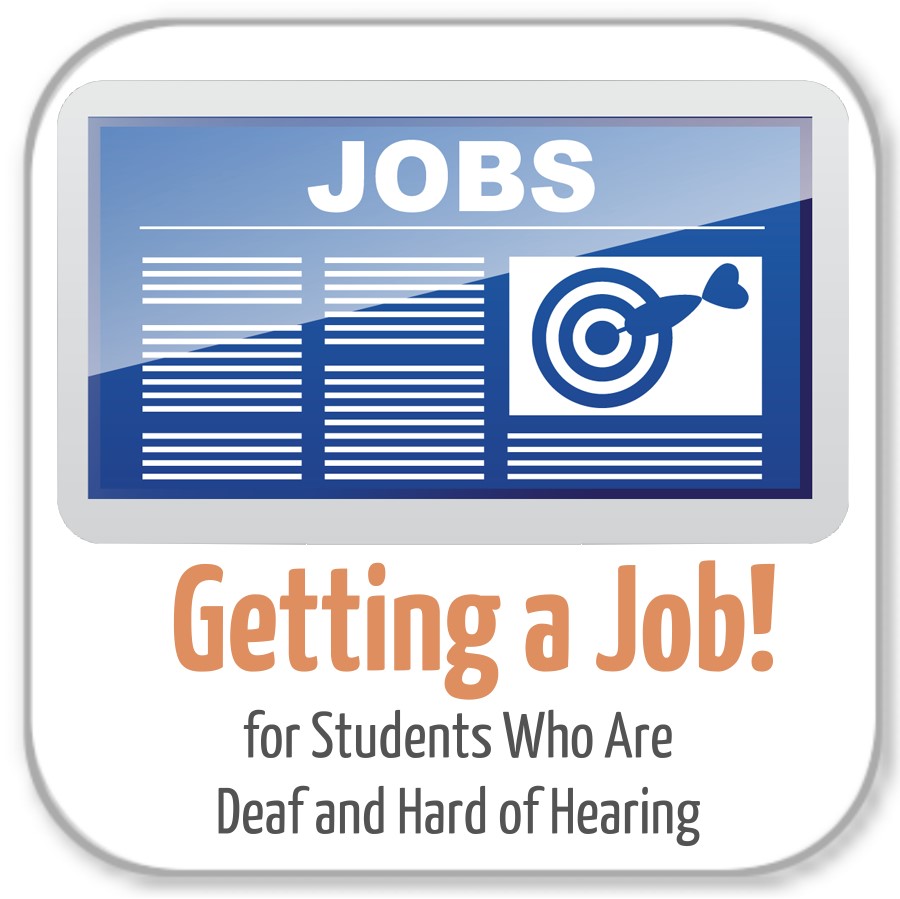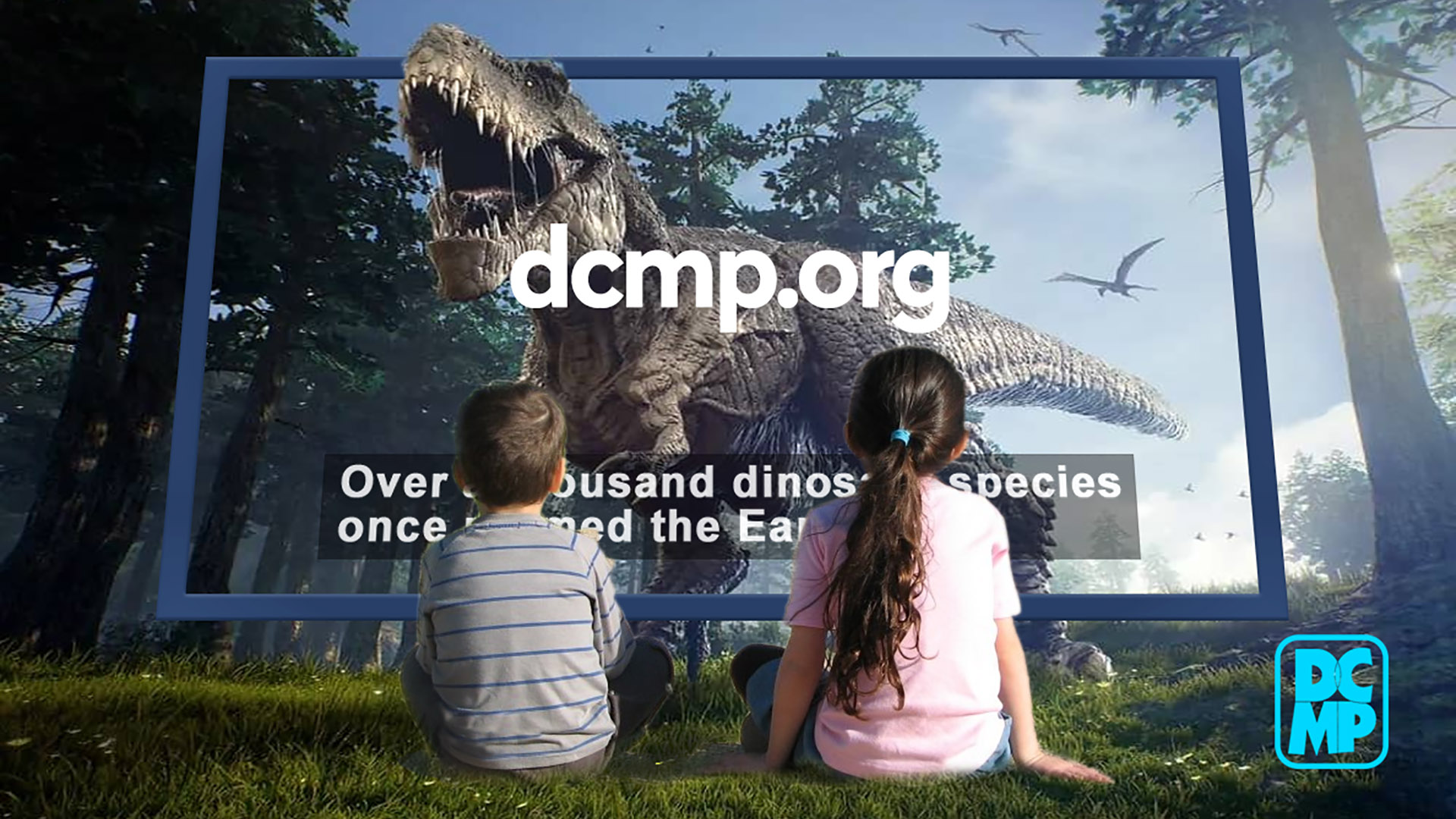14 Learning Center results found.

The Rewards of Description
Margaret Hardy, a pioneer in the field of audio description, discusses Gregory Frazier's descriptive services work in San Francisco with AudioVision.
From Margaret Hardy about history, description

DCMP Distribution of Fully Accessible Streaming Media
DCMP partners with top educational and broadcast E/I content partners and distributors to make their content accessible and available to students with disabilities. High-quality audio description and captions are created, along with full masters, and in exchange, our partners make their content available on DCMP's targeted distribution services for schools and families who have students with disabilities. Access to DCMP is limited to qualified educators and family members who register online. Content can be secured through DRM protection upon request.
From

Getting a Job! for Students Who Are Deaf and Hard of Hearing - Module
The Getting a Job! for Students Who Are Deaf and Hard of Hearing online training was developed and designed for students who are deaf or hard of hearing and the professionals who work with them. Focusing on the transition from school to work, the training offers a series of activities, supporting documents and topical videos designed to help the job seeker prepare for the world of work. All the videos in the modules are presented in ASL, and are also voiced in English and captioned.
about module, pepnet

DCMP Media Accessibility-Related Resources
The Described and Captioned Media Program (DCMP) is the only source of free educational videos for the 7.5 million students with disabilities across the United States. DCMP develops new technologies for the creation and delivery of accessible media, provides training for using these resources in the classroom, creates continuing education opportunities for educators, and advocates for systemic change in media production, distribution, and use.
From about dcmp